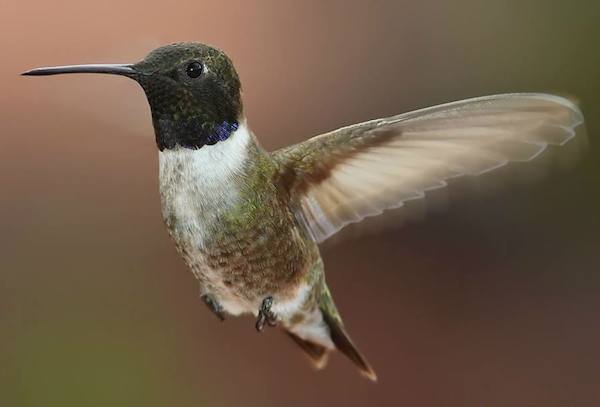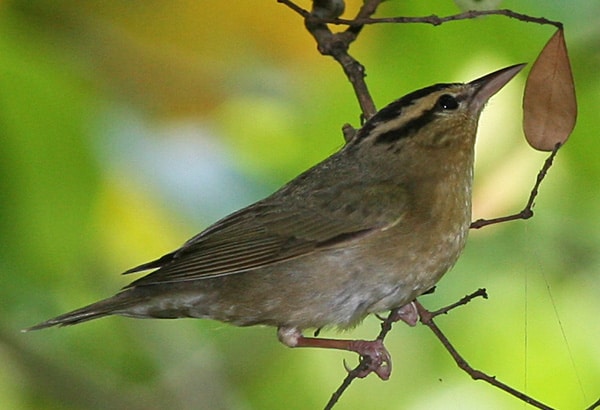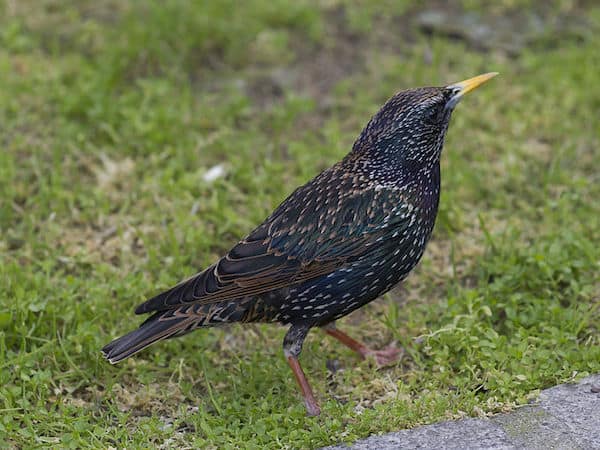This slender 3 ¾-inch bird is at home in a wide variety of situations in the western U.S. From isolated desert canyons to suburban homesites, a plaintive tchew note announces the presence of the black-chinned hummingbird.
The name of the species comes from the velvety black feathers that make up the gorget, though males are more often recognized by the iridescent deep violet band below the black chin. Females resemble female ruby-throated hummingbirds, but have longer bills and grayer underparts.
Males begin setting up their territories in early March. They look for large patches of wildflowers to provide fuel for their energetic displays. Whenever a female or an intruding male enters the area, the territorial black-chinned hummingbird initiates a wide “U”-shaped flight. Interlopers usually flee at the onslaught, but the receptive female will perch and allow the male to move closer and perform an intensive side-to-side shuttle flight. For mating, the male follows the female away from his territory.
Females may build their nests of plant down and spider webs in a number of types of trees. A slender, downward hanging twig is often chosen. Sites are often over water, but that does not seem to be an essential element. Typically, plant down woven with spider’s silk makes the basic structure. Decorations on the exterior may include lichens, stamens, bud scales, bits of bark, or flowers. The birds are not shy about living among humans and sometimes build in places that get considerable traffic.
Most blackchins migrate south into Mexico long before the chill winds of autumn destroy the native flora. There, they reside in dry scrubby habitats similar to their nesting haunts. A few spend their nonbreeding season in the southeastern states.




